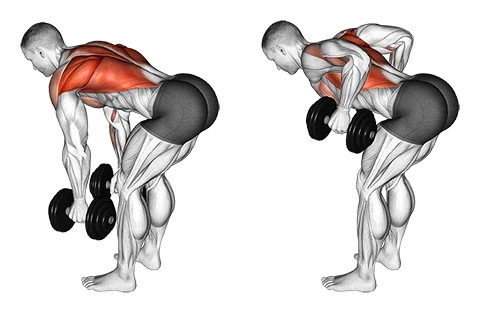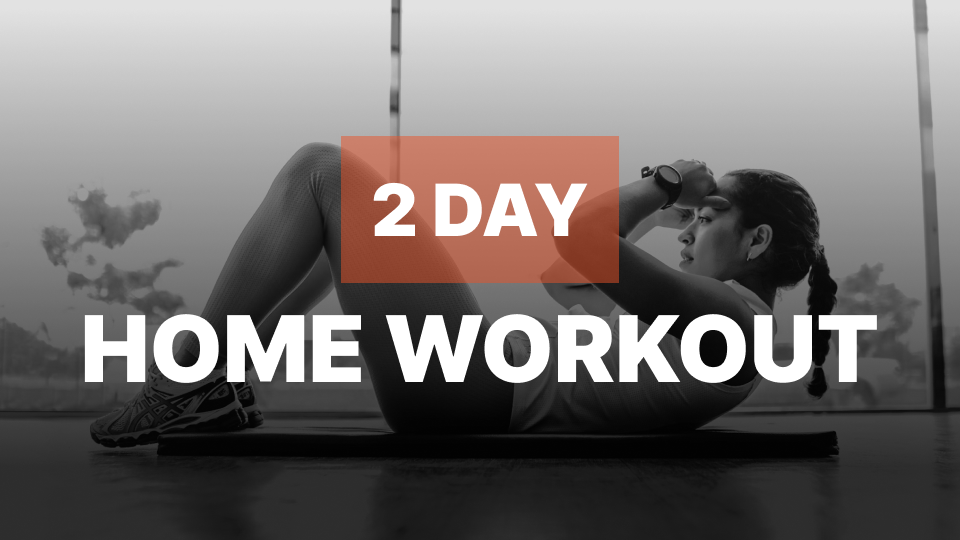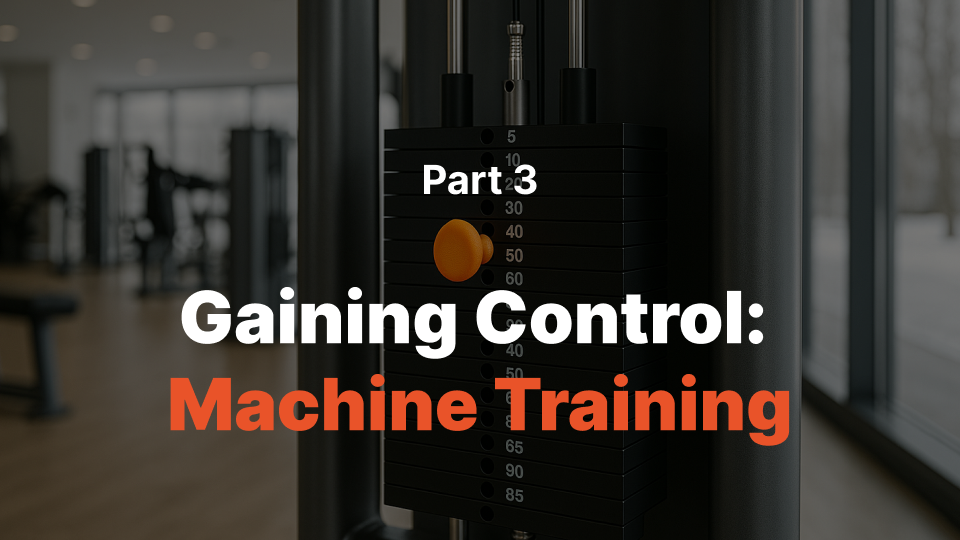Introduction
The Dumbbell Bent Over Row is a resistance training exercise that targets the back muscles, particularly the erector spinae, rhomboids, and latissimus dorsi. It strengthens the posterior chain, improving posture and reducing lower back pain. This exercise effectively builds functional strength necessary for everyday activities and enhances athletic performance, making it beneficial for various fitness goals.
Muscles Worked
- Primary: Back (Latissimus Dorsi, Rhomboid Major and Minor)
- Secondary: Biceps Brachii, Forearm (Brachioradialis), Trapezius, Erector Spinae
How to Do It (Step-by-Step)
- Stand with feet hip-width apart, bend at hips keeping back flat, and hold a dumbbell in each hand, palms facing body.
- Bend elbows and pull dumbbells up towards your upper abs while keeping your spine neutral.
- Keep your knees slightly bent, core engaged, and shoulders down during the exercise.
Tip: Remember to breathe smoothly throughout the movement for better control and efficiency.
Rep & Rest Guidelines
- Strength: 4–6 reps, 2–3 min rest
- Hypertrophy: 8–12 reps, 60–90 sec rest
- Endurance: 12–20 reps, 30–60 sec rest
Using Auto Progression Auto Progression to track and adjust your dumbbell bent over row sets can help ensure steady progress over time.
Set a Rest Timer Rest Timer for each set of dumbbell bent over rows, ensuring you have the right amount of rest between sets to maximize your training efficiency.
Form Tips
- Maintain a neutral spine and hinge at the hips to engage the back muscles. Avoid rounding or arching your back during the exercise.
- Keep dumbbells close to your body as you pull them up, focusing on using your shoulder blades rather than your arms to perform the movement.
- Lower the weights in a controlled manner and pause briefly at the bottom position before starting the next repetition. This helps to engage the targeted muscles and prevents swinging or momentum during the exercise.
When to Use It
- Strengthening back muscles for improved posture and reducing lower back pain.
- Building upper body strength for everyday activities such as lifting heavy boxes or carrying groceries.
- Targeting the rear deltoids to enhance the aesthetics of the shoulder area. Workout History can help track progress and improve results over time.
The dumbbell bent over row targets the back muscles, especially the latissimus dorsi and rhomboids, as well as the biceps and forearms.
A common recommendation is 3-4 sets of 8-12 repetitions per set. Adjust based on your fitness level and goals.
Stand with a dumbbell in each hand, bend at the waist, and row the weights up to your chest, keeping your back straight. Lower slowly and repeat.
It's not recommended to perform dumbbell bent over rows daily due to the potential for muscle strain and overuse injuries. Aim for 2-3 days a week with rest in between.
Yes, other exercises like barbell bent over rows, cable rows, or seated rows can serve as alternatives.



